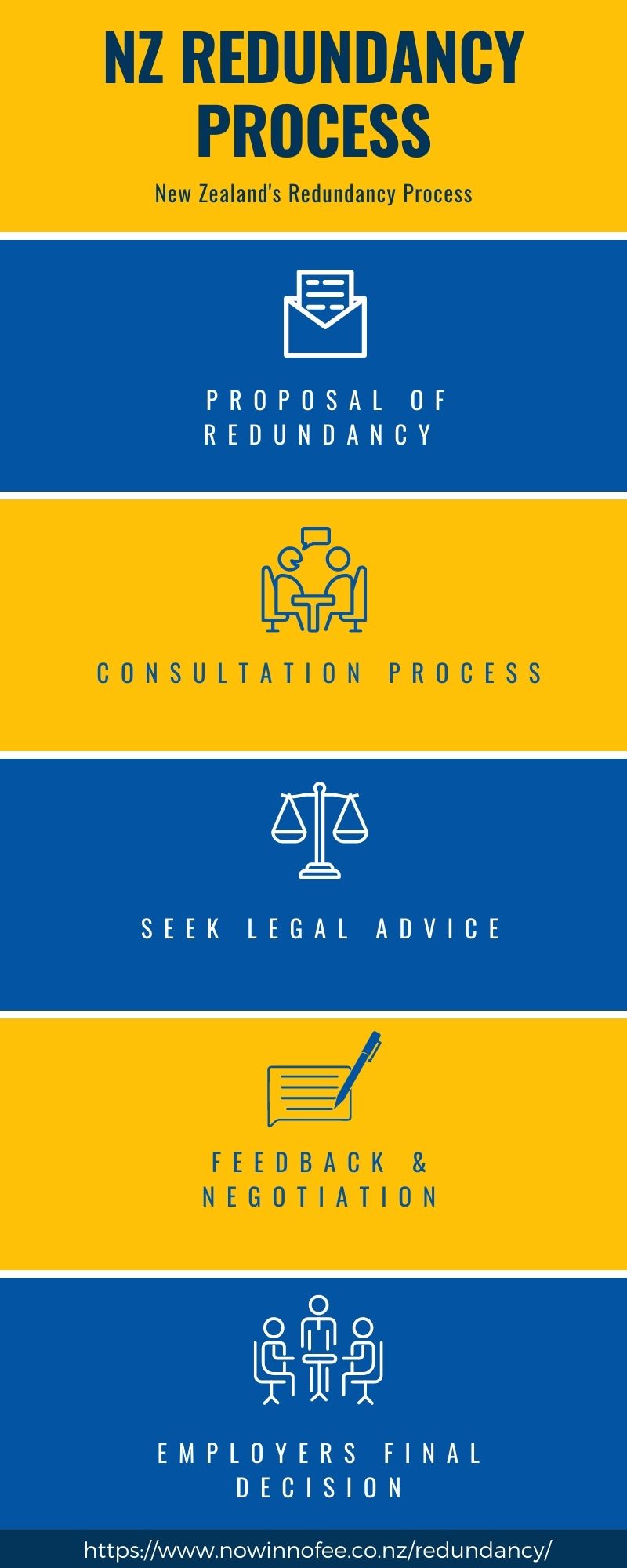If a Company Goes Bust Who Pays Redundancy? Legal Insights for UK Worker
If a Company Goes Bust Who Pays Redundancy? Legal Insights for UK Worker
Blog Article
Checking Out the Interplay In Between Business Redundancy and Organizational Adaptability for Future Growth
In the dynamic landscape of today's company world, the complex partnership in between firm redundancy and organizational versatility arises as a crucial factor for sustained development and success. Companies usually encounter the obstacle of striking a fragile balance in between preserving a level of redundancy to minimize risks and promoting adaptability to respond promptly to the ever-evolving market demands.
Importance of Company Redundancy
Business redundancy is a crucial element that enhances organizational durability and alleviates operational risks. By including redundancy actions within the business structure, business can much better stand up to unpredicted disruptions and fluctuations in business environment. Redundancy functions as a tactical buffer, allowing companies to adjust and react properly to unexpected challenges without jeopardizing necessary operations.
One secret facet of the relevance of company redundancy is its role in ensuring continuity during times of dilemma. When faced with unexpected adjustments or emergency situations, repetitive systems, resources, or workers can step in to preserve important functions and prevent extensive interruptions. This connection not only safeguards the company's track record and client trust yet additionally reduces financial losses and operational downtime.

Methods for Business Versatility

Developing versatile organizational structures that permit for fast changes to market dynamics and consumer needs is necessary for staying affordable in a rapidly developing environment. By proactively identifying prospective disturbances and opportunities, companies can proactively prosper and adapt in an ever-changing company landscape.
Harmonizing Redundancy and Adaptability
Attaining a harmonious equilibrium in between functional redundancy and business adaptability is critical in browsing the complexities of a vibrant business environment. Striking the ideal balance in between redundancy and versatility is a delicate process that requires a deep understanding of the company's objectives, industry characteristics, and threat tolerance.
To accomplish this balance, companies require to conduct routine evaluations of their operations to identify locations where redundancy is essential for threat reduction and where flexibility can drive advancement and development. Carrying out adaptable frameworks, cultivating a culture of continuous learning and improvement, and urging open interaction across all levels of the organization are vital strategies to integrate redundancy and versatility efficiently. By aligning these two crucial components, business can position themselves for sustainable growth and success in an ever-changing business landscape.
Study on Adjustment Success
In taking a look at instances of effective organizational adaptation, it becomes noticeable that the interaction between operational redundancy and flexibility is a specifying variable in forming resilient companies. A DVD rental service, read this article Netflix demonstrated remarkable flexibility by transitioning right into a streaming platform when digitalization interfered with the market. These case research studies underscore the significance of operational redundancy coupled with business flexibility in fostering lasting growth and competition.
Structure Durability for Future Development
Structure durability for future growth requires a critical alignment of operational procedures with market characteristics and arising trends. Companies have to adapt to changing settings by fostering a society of adaptability, technology, and continuous enhancement.
Furthermore, cultivating strong relationships with stakeholders, such as consumers, staff members, providers, and the community, is important for keeping and weathering uncertainties count on and assistance throughout rough times. Efficient interaction and openness play a crucial duty in building strength, as they assist facilitate and align expectations collaboration in browsing unpredictabilities.
Moreover, organizations need to focus on discovering and growth efforts to upskill staff members and outfit them with the essential devices to adjust to altering circumstances. By spending in their labor force, firms can boost their versatility and agility, ultimately reinforcing their resilience for lasting future growth.
Conclusion

In the vibrant landscape of today's service globe, the elaborate partnership in between firm redundancy and organizational adaptability arises as a critical aspect for continual growth and success. Business frequently deal with the challenge of striking a fragile balance in between maintaining a degree of redundancy to alleviate risks and promoting flexibility to respond promptly to the ever-evolving market needs.To attain this balance, firms require to conduct routine evaluations of their procedures to identify locations where redundancy is needed for threat mitigation and where versatility can drive development and development.In final thought, the interplay between company redundancy and business adaptability is important for future growth. Building resilience via a combination of redundancy and flexibility will make additional resources sure that business are prepared for the obstacles of the future.
Report this page